Lovemybooks is full of ideas for fun, creative, reading activities at home.
We hope that schools and early years settings will recommend our site to parents and grandparents.
Lovemybooks has 230 + activity pages based on great books for children aged 0-11, all with ideas for sharing, talking or playing the story, lots to make and do and find out about.
We have lots of advice for parents on supporting reading at home in our dedicated reading section.
SHARE lots of great books something old or something new. Read the books aloud to your child. Not sure how to choose books? Here’s what we look out for.
REVISIT books Children love returning to stories they have enjoyed, often lots and lots of times! Encourage children to join in as you read with the rhyming or repeated parts, by being one of the characters or just with the sound effects!
TALK about books Share favourite characters or parts of the story, talk about what you want to happen next. Find the rhyming words, think about what unfamiliar words might mean.
PLAY the story Act it out together or make sock or stick puppets to retell the story.
MAKE a mini book To retell the story or draw the main characters.
Unable to visit the library or buy books? We have lots of videos with stories read aloud on our website. See this example based on Shark in the Park by Nick Sharratt with video and our activities.

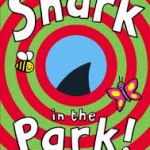
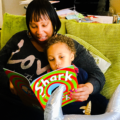
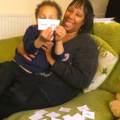
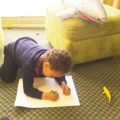
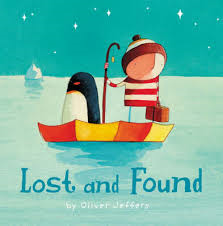

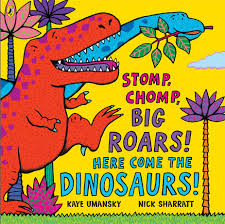

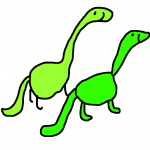
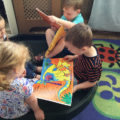
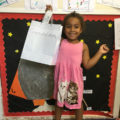
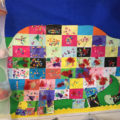
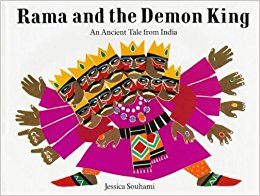 Jessica Souhami
Jessica Souhami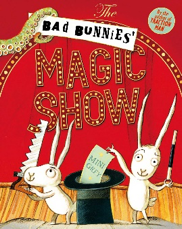 Mini Grey
Mini Grey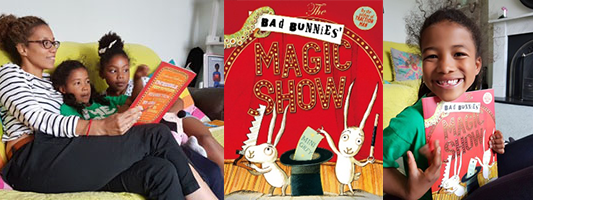
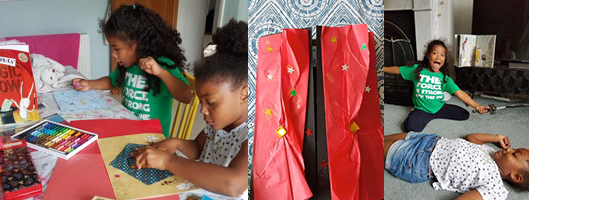
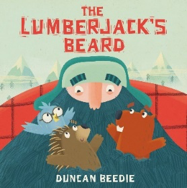 Duncan Beadie
Duncan Beadie
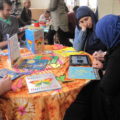
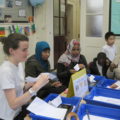
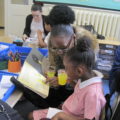
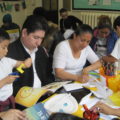
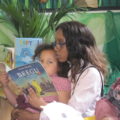
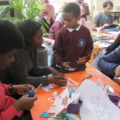
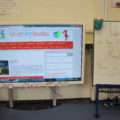
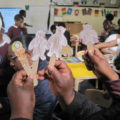


 Follow lovemybooksUK15
Follow lovemybooksUK15